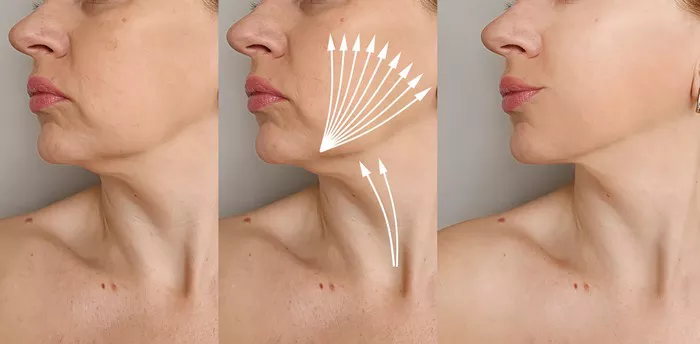A lower face lift, also known as a mini face lift or lower rhytidectomy, is a cosmetic surgical procedure designed to address signs of aging in the lower portion of the face and neck. It focuses on tightening the skin and underlying tissues to create a more youthful and rejuvenated appearance. If you are considering a lower face lift, it is important to understand the procedure itself and the factors that influence its cost. In this article, we will explore the details of a lower face lift and provide insights into the associated costs.
What is a Lower Face Lift?
A lower face lift targets specific areas of the face, including the jowls, jawline, and neck, to address common signs of aging such as sagging skin, wrinkles, and loss of muscle tone. It is a surgical procedure that involves making incisions in inconspicuous locations, usually around the ears, and lifting and tightening the underlying tissues. Excess skin is removed, and the remaining skin is repositioned to create a more youthful and refreshed appearance.
Factors that Influence the Cost of a Lower Face Lift
- Surgeon’s Experience and Reputation: The experience and reputation of the plastic surgeon performing the procedure can affect the cost. Highly skilled and renowned surgeons may charge higher fees due to their expertise and track record of successful results.
- Location: The geographical location of the surgical facility also plays a role in determining the cost. Cosmetic procedures tend to be more expensive in major cities and areas with a higher cost of living.
- Extent of the Procedure: The complexity and extent of the lower face lift will influence the cost. If additional procedures, such as neck lift or liposuction, are combined with the lower face lift, the overall cost will be higher.
- Facility Fees: The fees associated with the surgical facility, including operating room costs, anesthesia fees, and post-operative care, will be factored into the total cost.
- Pre-operative Evaluations and Consultations: Prior to the procedure, you will likely undergo pre-operative evaluations and consultations with the surgeon. These consultations, including any necessary tests or imaging, will be part of the overall cost.
- Anesthesia: The type of anesthesia used during the procedure will affect the cost. General anesthesia, which involves the presence of an anesthesiologist throughout the surgery, typically costs more than local anesthesia or intravenous sedation.
- Post-operative Care: After the surgery, you will require post-operative care and follow-up appointments. The cost of these visits and any necessary medications or dressings will be considered in the overall cost.
Understanding the Range of Costs
The cost of a lower face lift can vary significantly based on the factors mentioned above. While it is challenging to provide an exact figure without a consultation, the range typically falls between $5,000 and $15,000 or more. It is essential to obtain a detailed breakdown of the costs during your consultation with the surgeon to understand what is included and to avoid any surprises.
Insurance Coverage and Financing Options
In most cases, a lower face lift is considered an elective cosmetic procedure and is not covered by health insurance. However, it is worth checking with your insurance provider to determine if any exceptions or coverage options apply. Keep in mind that insurance typically covers procedures that are medically necessary, rather than cosmetic enhancements.
If the cost of a lower face lift is a concern, many surgeons offer financing options to make the procedure more affordable. These options may include installment plans, medical credit cards, or working with third-party financing companies. It is important to carefully review the terms and interest rates associated with these financing options to make an informed decision.
Choosing a Qualified Surgeon
When considering a lower face lift, it is crucial to choose a qualified and experienced plastic surgeon. Take the time to research and review the credentials, certifications, and before-and-after photos of potential surgeons. Schedule consultations with multiple surgeons to discuss your goals, ask questions about the procedure, and obtain accurate cost estimates. Remember that the quality of the surgeon and the safety of the procedure should be prioritized over cost alone.
Conclusion
A lower face lift is an effective surgical procedure for addressing signs of aging in the lower face and neck. The cost of the procedure depends on various factors, including the surgeon’s experience, location, extent of the surgery, facility fees, anesthesia, and post-operative care. Understanding these factors and obtaining detailed cost estimates during consultations will help you make an informed decision. While health insurance typically does not cover cosmetic procedures, financing options may be available to make the cost more manageable. Remember to prioritize the qualifications and reputation of the surgeon to ensure a safe and successful lower face lift.


